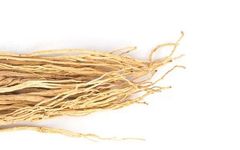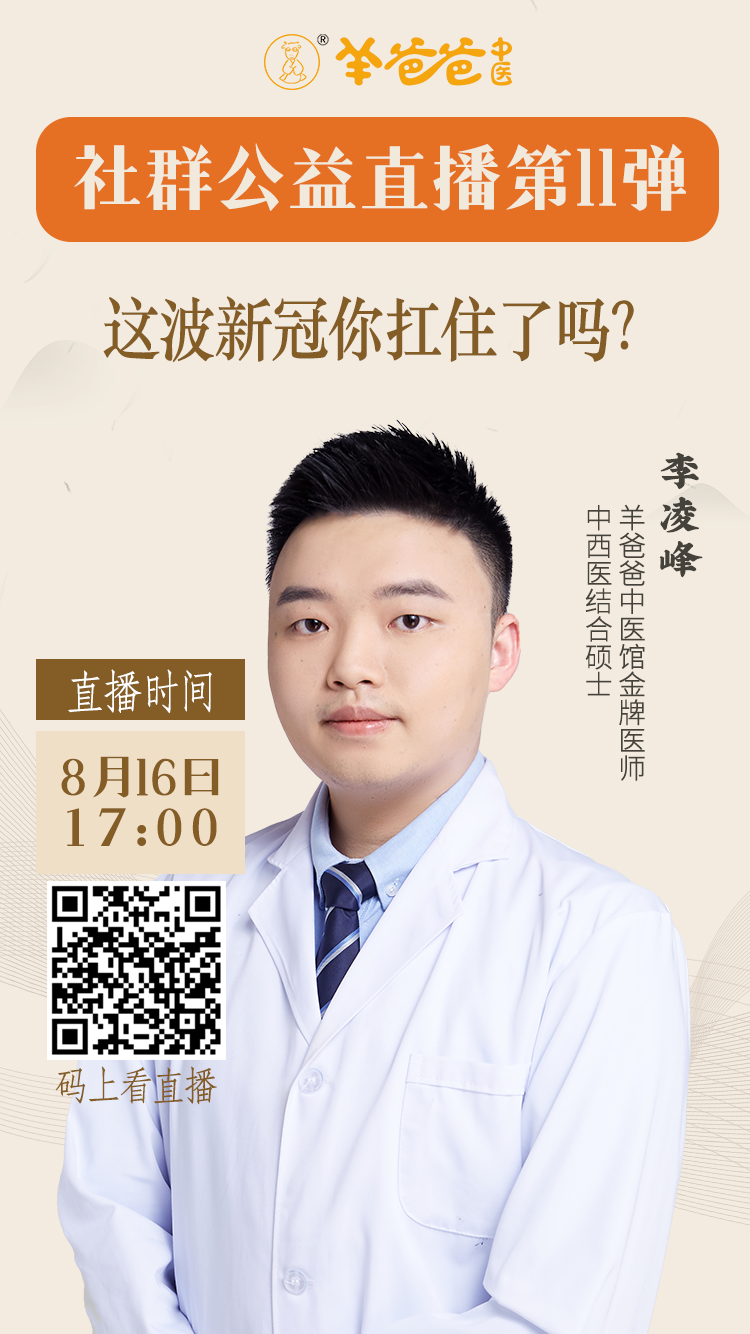
When it comes to Dong Shen (Codonopsis pilosula), many are familiar with it. It is not only a frequently used tonic herb but also an essential dietary ingredient in the kitchen.
Historically, Dong Shen was not mentioned in many classical texts such as the Shennong Bencao Jing, Xinxiu Bencao, and Zhenglei Bencao prior to the Ming Dynasty. It was not until the 34th year of the Kangxi reign in the Qing Dynasty that it was referenced in the Benjing Fengyuan, where the author Zhang Lu referred to it as “Shangdang Ren Shen”.
Due to the decreasing resources of the Araliaceae family’s Shangdang Ren Shen, it became extinct by the Ming and Qing Dynasties. The Campanulaceae family’s Dong Shen was then utilized as a substitute for ginseng. Zhang Lu noted that while ginseng has the properties of sweet and warm tonification, “the one produced in the Taihang Mountains of Shanxi, known as Shangdang Ren Shen, although lacking the strong tonifying properties, possesses the ability to sweetly and gently clear the lungs, unlike Sha Shen which is cold and primarily dispels lung qi.” It seems that at this time, physicians began to recognize the benefits of Dong Shen.
It was not until 1757 that Wu Yiluo in Ben Cao Cong Xin first listed Dong Shen as a separate medicinal name and described its characteristic as “Lion’s Head”. Although the history of Dong Shen’s use is not particularly long, its mild medicinal properties allow for a wide range of applications. So, what practical benefits does Dong Shen offer?
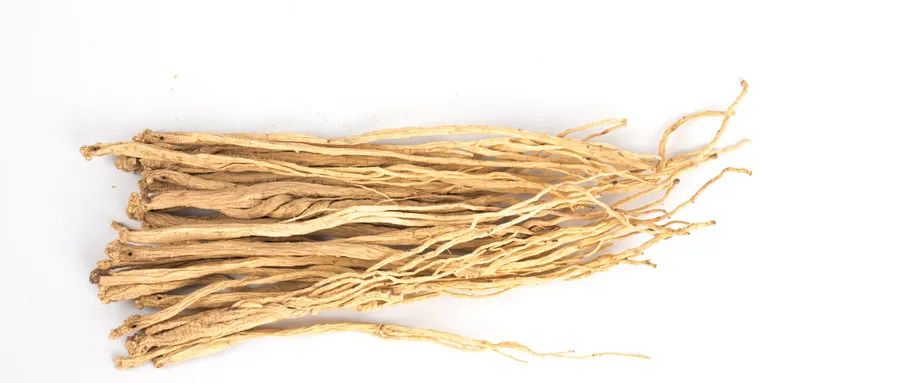
Functions of Dong Shen
1, Strengthening the Spleen and Nourishing the Stomach
One of the functions of Dong Shen is to strengthen the spleen and stomach. When the qi of the spleen and stomach is insufficient, individuals often feel extremely fatigued, frequently drowsy, and have poor appetite, which is detrimental to health. At this time, consuming some Dong Shen can enhance the function of the spleen and stomach, improving these adverse symptoms.
Shen Ling Porridge
10g of Dong Shen, 10g of Fu Ling (Poria), and 100g of glutinous rice.
First, decoct Dong Shen and the other two ingredients to extract the juice, then add the rice to cook into porridge.
Salt can be added for flavor.
Originating from Sheng Ji Zong Lu.
This method of consuming Dong Shen, along with Fu Ling to tonify the spleen and benefit the stomach, and ginger to warm the middle and strengthen the stomach, is used for those with spleen and stomach deficiency, poor appetite, vomiting, and fatigue. It is worth mentioning that before Dong Shen was adopted, ginseng was used, which was later replaced by Dong Shen.
Shen Jujube Rice
10g of Dong Shen, 10 large jujubes, and 150g of glutinous rice.
First, wash the Dong Shen and jujubes, decoct to extract the juice, then steam the glutinous rice and invert it into a bowl, pouring the Dong Shen, jujubes, and their juice over it, adding an appropriate amount of white sugar.
This can be consumed twice daily.
Originating from Xing Yuan Lu.
This formula uses Dong Shen to tonify the spleen and benefit qi, with jujubes and glutinous rice working synergistically with Dong Shen. It is used for those with spleen deficiency, weak qi, and poor appetite.
2, Tonifying Qi
Dong Shen also has the effect of tonifying qi, effectively improving conditions of qi and blood deficiency.
Symptoms such as shortness of breath, fatigue, lack of motivation, dizziness, pale complexion, or sallow skin can be alleviated by consuming Dong Shen.
Shen Qi Tea
10g of Dong Shen and 10g of Huang Qi (Astragalus),
decoct or steep in hot water as a tea substitute.
Dong Shen and Huang Qi tonify the qi of the spleen and lungs, working together to replenish the middle qi and elevate the clear yang, thus filling the middle qi. It is used for those with insufficient middle qi, weak cough, asthma, fatigue, and low immunity.
3, Nourishing Yin and Blood
Dong Shen not only tonifies qi but also nourishes yin and blood, which is one of its more common functions.
For women, regularly consuming Dong Shen can effectively replenish blood, improving symptoms such as palpitations, shortness of breath, and pale complexion, thus promoting overall health.
Liang Yi Paste
Equal parts of Dong Shen and Shu Di Huang (Rehmannia glutinosa). Add water to decoct for a concentrated juice, then add an equal amount of white sugar and continue to cook until thickened.
Take 1-2 spoonfuls each time, or dissolve in warm water for consumption.
Originating from Jing Yue Quan Shu.
This formula uses Dong Shen to tonify qi and Shu Di Huang to nourish blood. It is used for those with both qi and blood deficiency, fatigue, and dizziness.
4, Generating Fluids and Quenching Thirst
Dong Shen also has the ability to generate fluids and quench thirst. Regular consumption can effectively alleviate symptoms such as dry mouth, shortness of breath, thirst, and sweating due to excessive talking, making it suitable for teachers, vocal performers, and others who speak frequently.
Sheng Mai Drink (Dong Shen Formula)
15g of Mai Dong (Ophiopogon japonicus), 10g of Dong Shen, and 5g of Wu Wei Zi (Schisandra chinensis), decoct and take warm.
Originating from Bei Ji Qian Jin Yao Fang, this replaces ginseng with Dong Shen, which has been noted to have a milder effect, making it more suitable for daily health maintenance.
How to Identify the Quality and Authenticity of Dong Shen
Having briefly discussed the general functions of Dong Shen, let’s now talk about the identification points for Dong Shen.
First, let’s look at the requirements for the plant source of Dong Shen according to the Chinese Pharmacopoeia:
Dong Shen is the dried root of the Campanulaceae family’s Dong Shen, harvested in autumn and winter, cleaned, and dried.
This indicates that Dong Shen has three main sources, which we will explore gradually.
The first source is the dried root of the Campanulaceae family’s Dong Shen, which is the most common type found in the market. It is long and cylindrical, slightly curved, with a yellow-brown surface, and the root tip has numerous warty protrusions and buds. Each bud scar has a depressed round dot at the top, which we refer to as “Lion’s Head”.
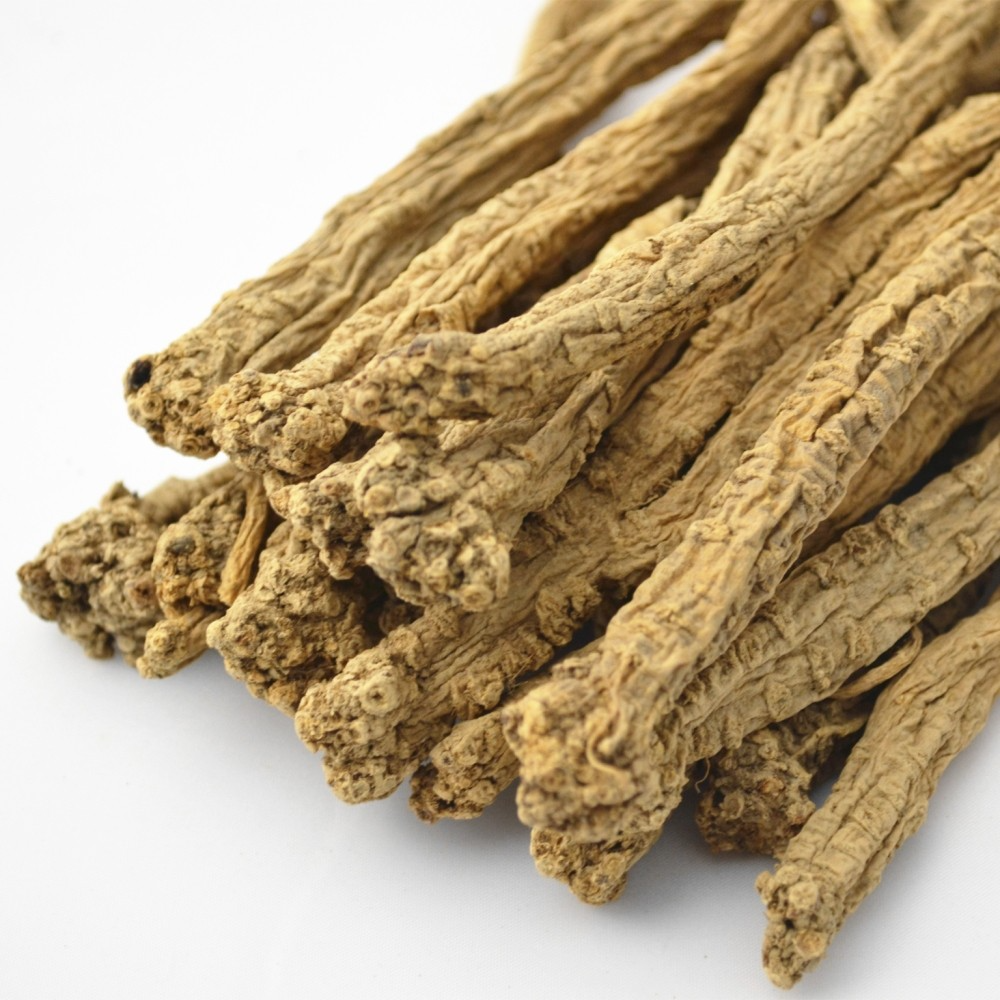
The formation of the “Lion’s Head” is due to Dong Shen being a perennial herb. Each winter, the above-ground stems wither, and the following year new shoots emerge, leaving behind a bud scar from the previous year’s growth. Over time, this results in a swollen, tumor-like head, so the size of the “Lion’s Head” and the number of bud scars can serve as indicators of the growth age of Dong Shen. The root tip has dense ring-like transverse stripes that gradually become sparse downward, generally not reaching half the length, with a slightly soft or hard texture and some elasticity. There may be cracks or radial patterns, with the outer layer being light brown to yellow-brown, and the inner part being light yellow to yellow. This unique cross-section is referred to as “Chrysanthemum Heart”. It has a special aroma and a slightly sweet taste.
These are the basic characteristics of the first source of Dong Shen. In selection, those with a sweet taste, large Lion’s Head, numerous transverse stripes, and a distinct Chrysanthemum Heart are preferred.
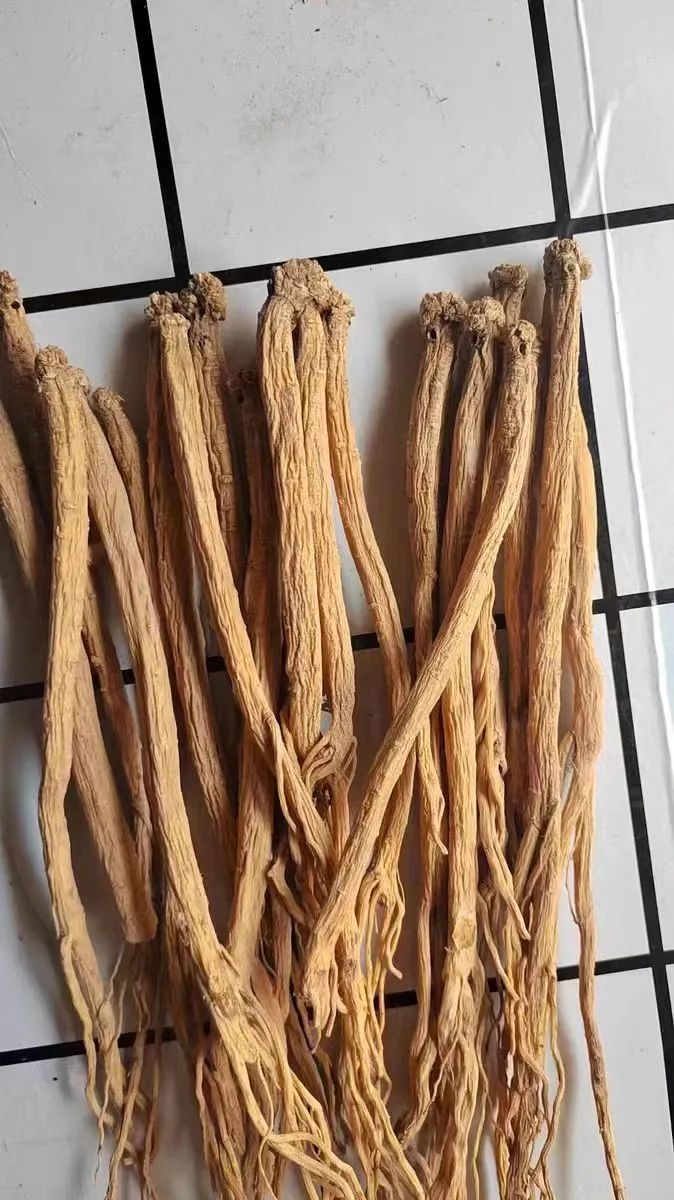
Lu Dong (Shangdang Ren Shen)
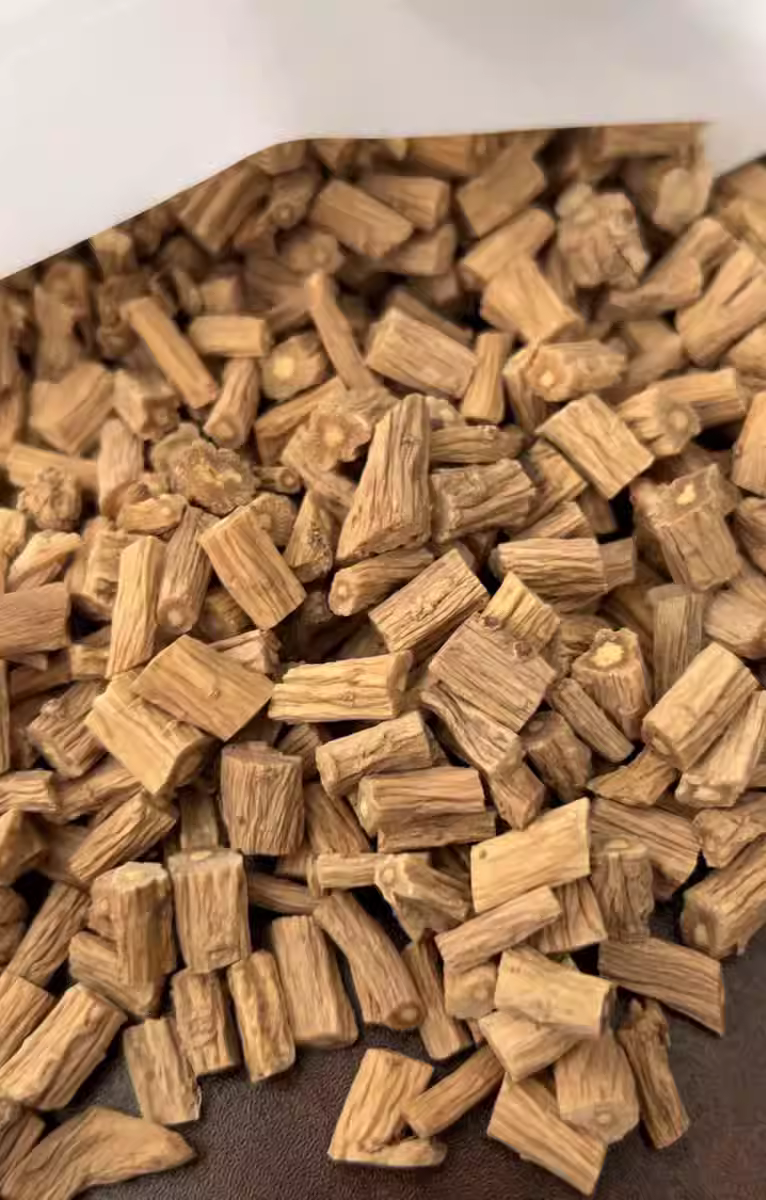
Lu Dong Segment (Dong Shen)
Among the sources of Dong Shen, Shanxi’s Lu Dong (Shangdang Ren Shen) and Gansu’s Bai Tiao Dong Shen are the most famous. There is a saying that Gansu’s Bai Tiao Dong Shen was introduced from Shanxi’s Lu Dong, forming the current production area. Therefore, if we disregard the age, the two types of Dong Shen are essentially indistinguishable.
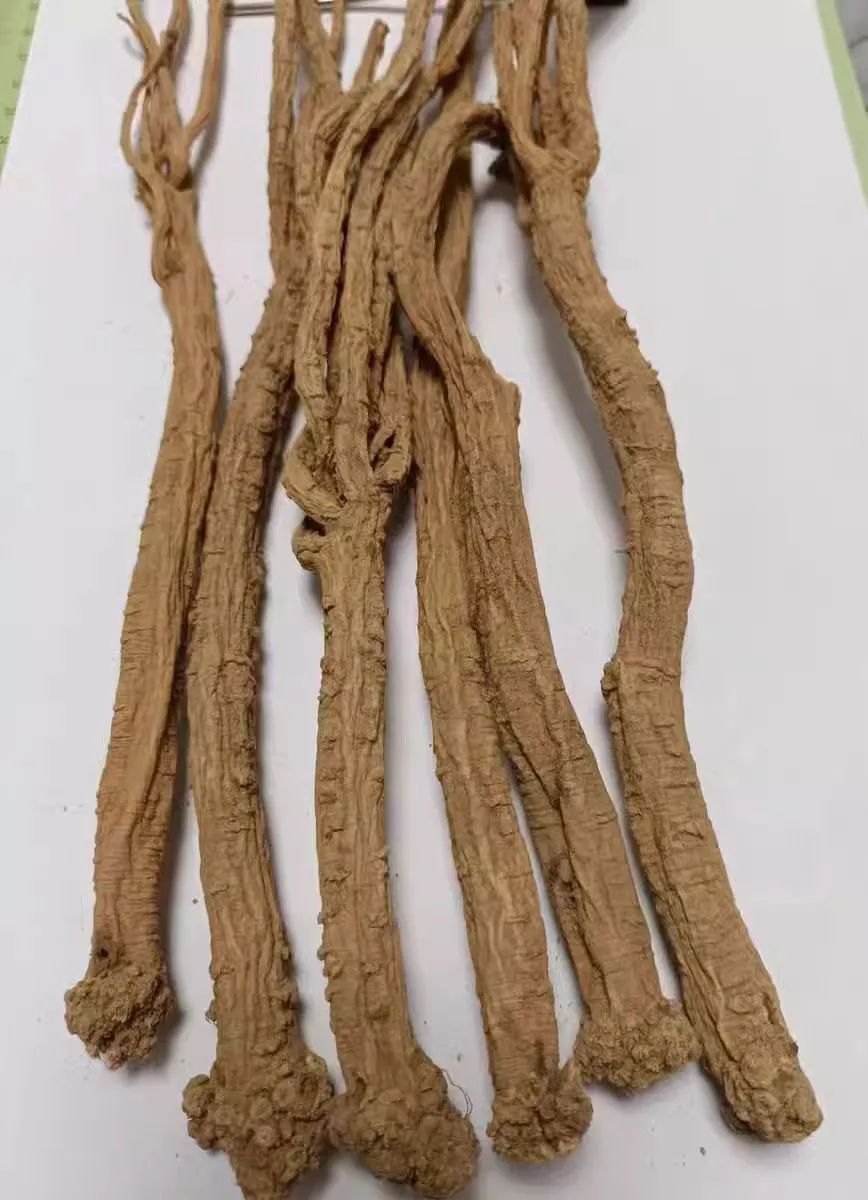
Bai Tiao Dong Shen (Dong Shen)
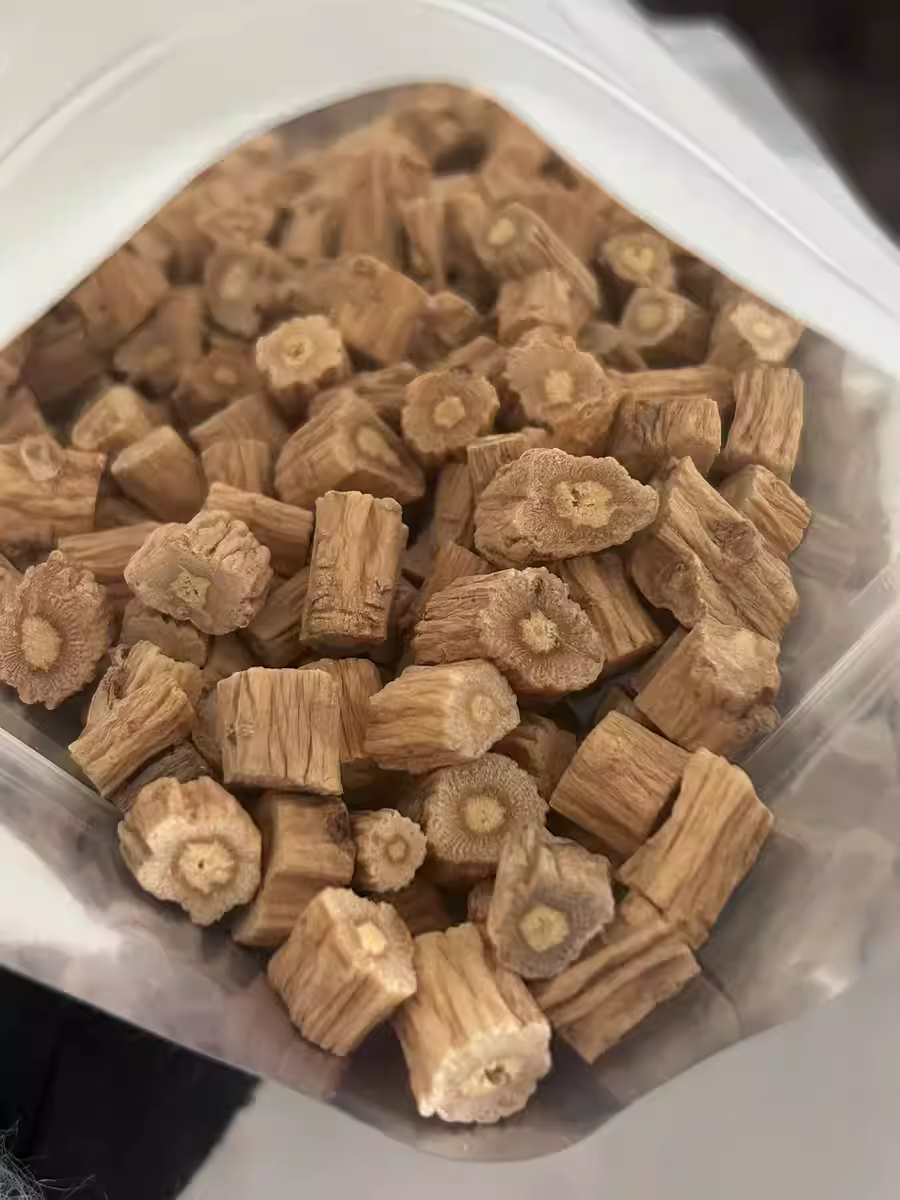
Bai Tiao Dong Shen (Segment)
Bai Tiao Dong Shen is generally thicker than Lu Dong, with a whiter outer layer, as it is grown in sandy soil, which provides a better growing environment than Lu Dong.
The second source is the dried root of the Campanulaceae family’s Su Hua Dong Shen, which differs slightly from Dong Shen. It is generally larger, and the products are often compressed into square cylindrical shapes, with a grayish-yellow surface. The root tip has dense ring-like transverse stripes that often reach more than half the length, with fewer branches. The cross-section has more cracks, with the outer layer being grayish-white to light brown.
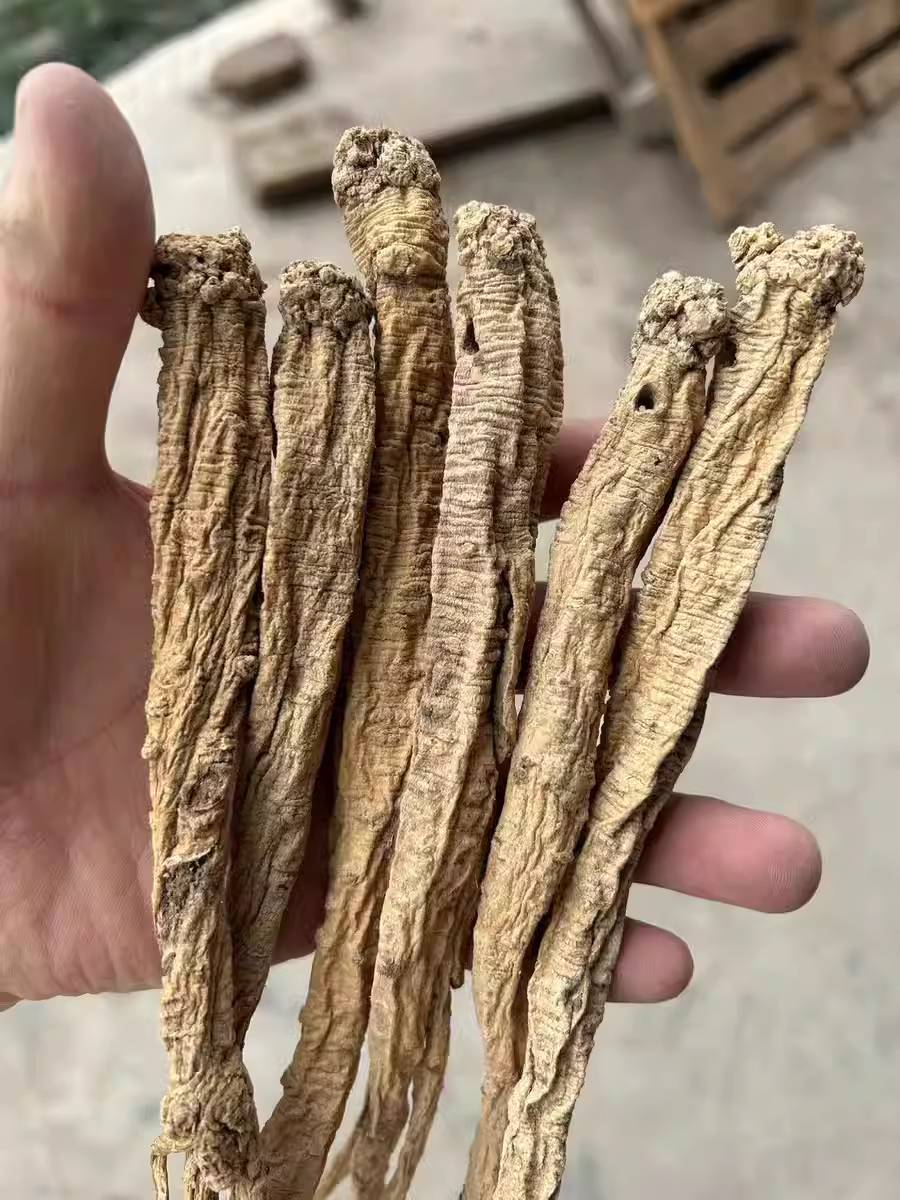
Wen Dong (Su Hua Dong Shen)
Su Hua Dong Shen (Western Dong Shen) is primarily produced in Wen County, Gansu, and is often referred to as Wen Dong due to its dense and numerous transverse stripes. The identification method for Wen Dong is the same as for Bai Tiao Dong Shen, preferring those that are sweet, have a large head, and many transverse stripes.
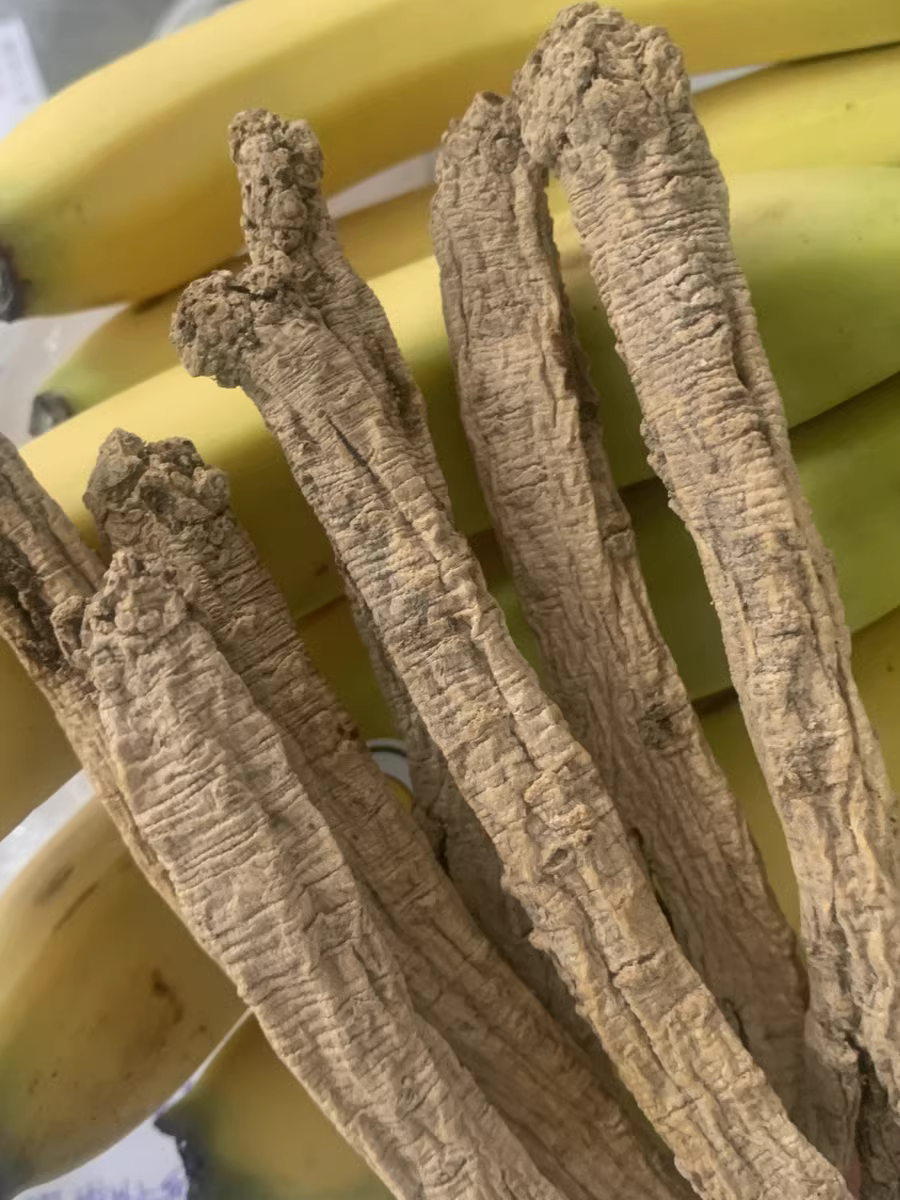
Wen Dong
The cultivation time for Wen Dong is slightly longer than for Bai Tiao Dong Shen, resulting in a stronger flavor. However, from a chemical composition perspective, its content is not as high as that of Bai Tiao Dong Shen, leading to a somewhat ambiguous perception.
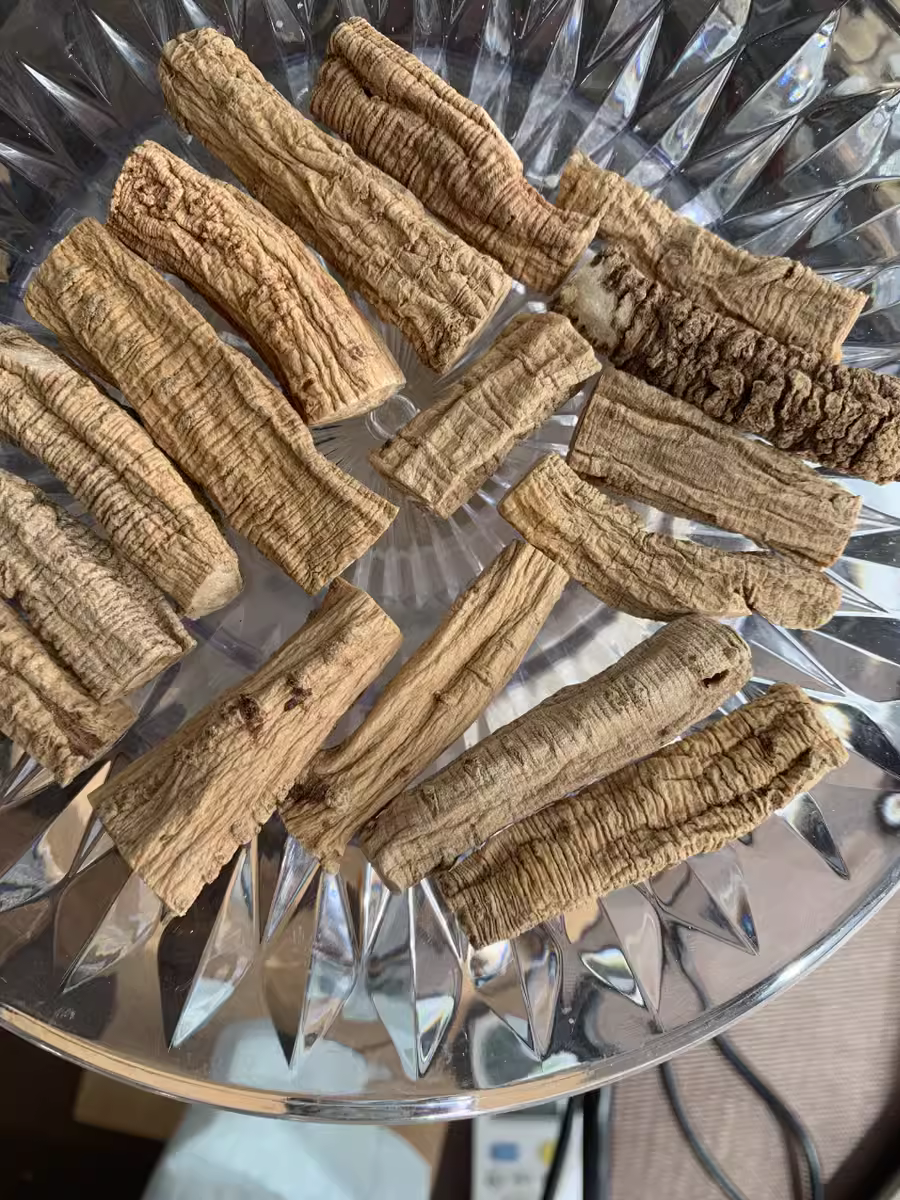
Wen Dong Segment

Wen Dong Block
The third source is the dried root of the Campanulaceae family’s Chuan Dong Shen, which is less common. Chuan Dong Shen is similar to Lu Dong but is generally smaller, being the smallest in diameter among the three sources. It has longitudinal grooves but lacks transverse stripes, with an indistinct Lion’s Head, a hard texture, and is not easily bent or broken. When broken, it produces a crisp sound, with a compact and dense cross-section, and the outer layer is yellowish-white.
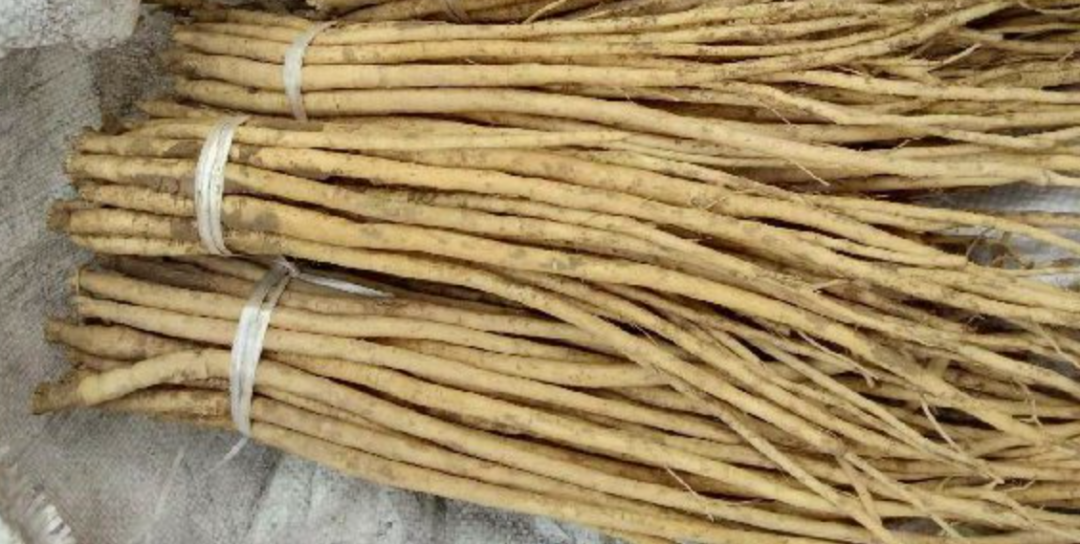
Chuan Dong Sheng (Fresh Product)
From the above, we can conclude that Chuan Dong Shen differs from the other two types in its “dense structure”. It is primarily produced in Enshi, Hubei, and Aba, Sichuan. In local dialects, “ban” also means dense. Chuan Dong Shen is preferred for its sweet taste and solid texture.
This concludes the discussion on the plant sources, basic characteristics, and distribution of Dong Shen. Subsequent introductions of varieties such as Feng Dong in Shaanxi and Luo Dong in Guizhou are mostly derived from Bai Tiao Dong Shen, and identification can refer to the characteristics of Bai Tiao Dong Shen.
If I had to choose among the three, I personally believe that Su Hua Dong Shen is the best option, as it has a maturation period of 3-5 years, while Dong Shen and Chuan Dong Shen can be harvested after 3 years.
Finally, let’s discuss how to select Dong Shen slices. Since Wen Dong and Chuan Dong Shen are not mainstream and do not represent the majority, we will use Bai Tiao Dong Shen as a reference.
Dong Shen is also a variety that is easily sulfur-fumigated, and the identification method is similar to that of yam, Fu Ling, and lotus seeds. If the color appears unnaturally white (or yellow), and there is a pungent smell upon opening the bag, with a slightly sour taste, it can be identified as a product that has been sulfur-fumigated.
When selecting Dong Shen slices, for Bai Tiao, first observe the skin color; generally, the older the age, the more wrinkles and darker the skin color. Next, examine the cross-section; those that are yellow-white with a Chrysanthemum Heart are of better quality. Then, check the diameter; thicker ones are usually from the main root. Finally, taste for sweetness and a lack of residue.
Due to its high sugar content, Dong Shen is not easy to store and can easily undergo the following spoilage conditions.
Do not use Dong Shen that exhibits these changes:
Oily: (Certain sugary herbs may show an oily appearance on the surface after dampness, discoloration, or spoilage). Oily Dong Shen becomes soft, the color becomes murky, and it becomes sticky to the touch, exuding oily substances. This indicates that the sugars have spoiled, affecting its medicinal properties and potentially harming health if consumed.
Moldy: Dong Shen is very susceptible to mold in high-temperature and high-humidity environments. If the surface shows white, green, yellow, or black net-like or line-like fungal mycelium and spots, it can be determined to be moldy. Moldy Dong Shen should not be consumed.
Infested: Due to its high sugar content, if not stored properly, Dong Shen may become infested. Infested Dong Shen will have holes on the surface, and the interior may contain “fibers” or be reduced to powder. Sometimes, complete insects can be seen, and it is generally advised not to use such products.
Oxidized: If Dong Shen is not properly stored or has been kept for too long, its original color will darken, and the texture will become softer. This type of Dong Shen can generally still be consumed but should be used quickly, as the likelihood of becoming oily or moldy increases after oxidation.
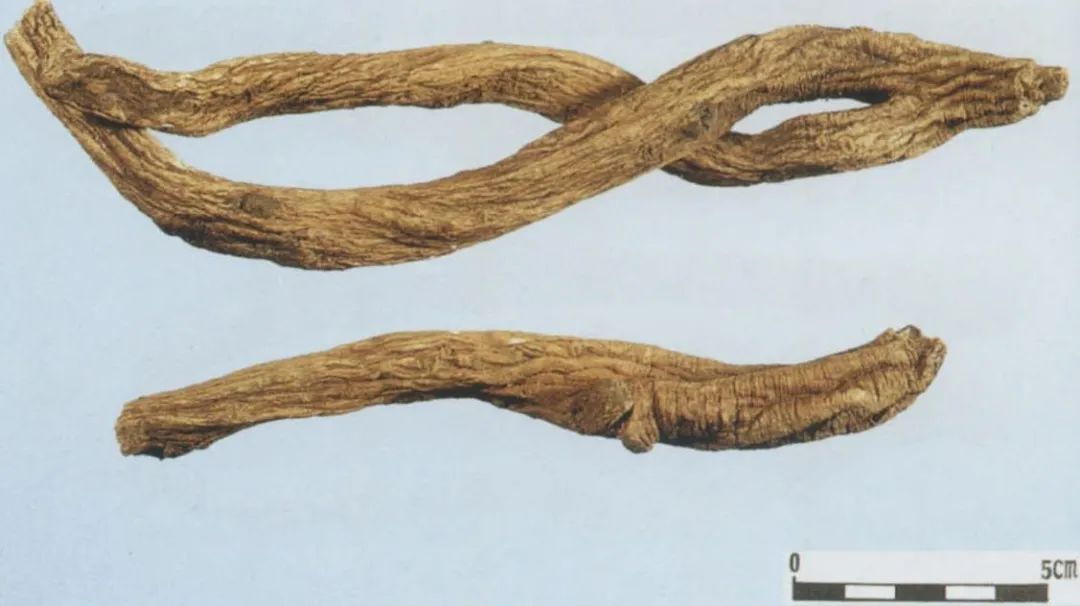
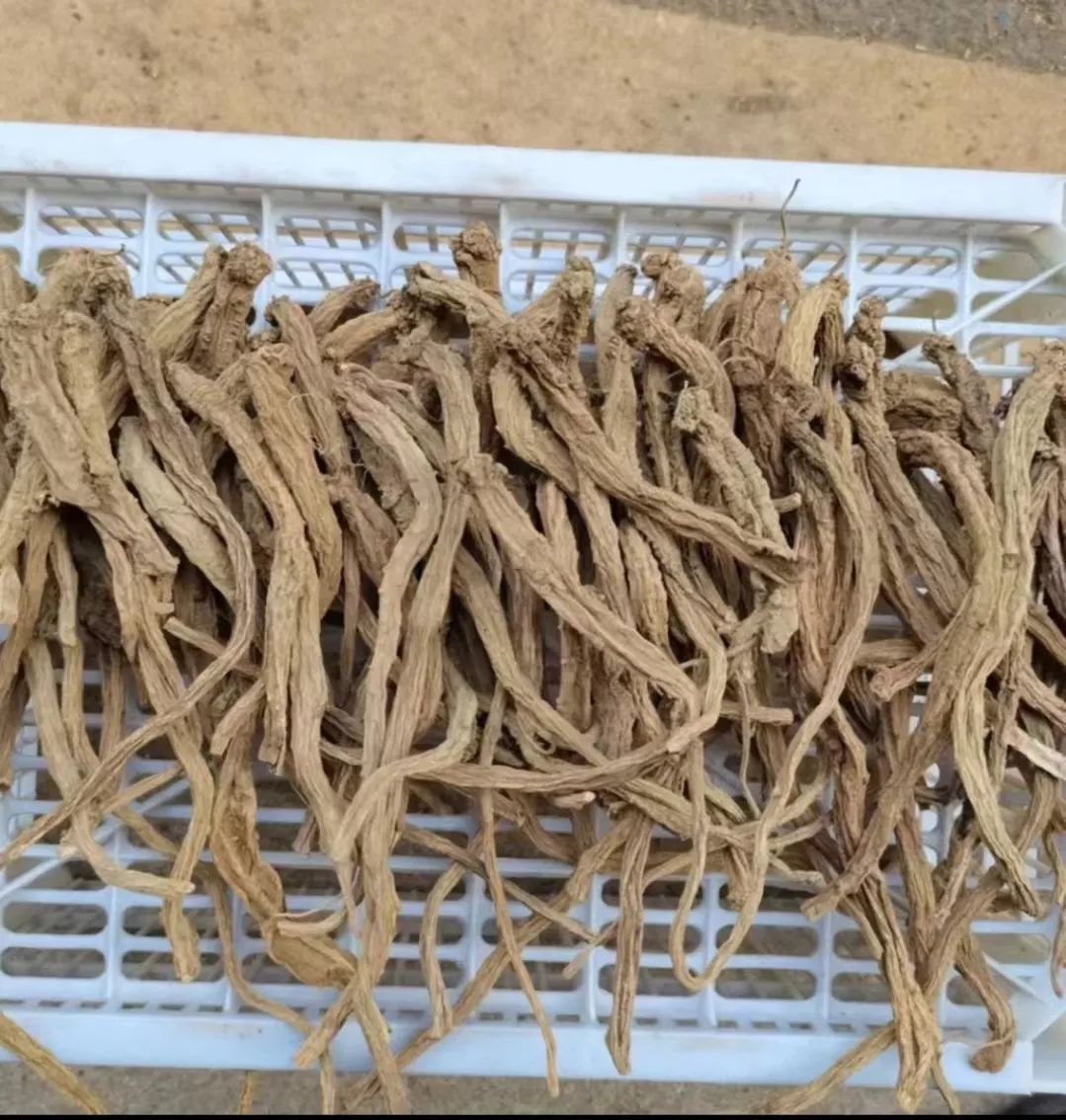
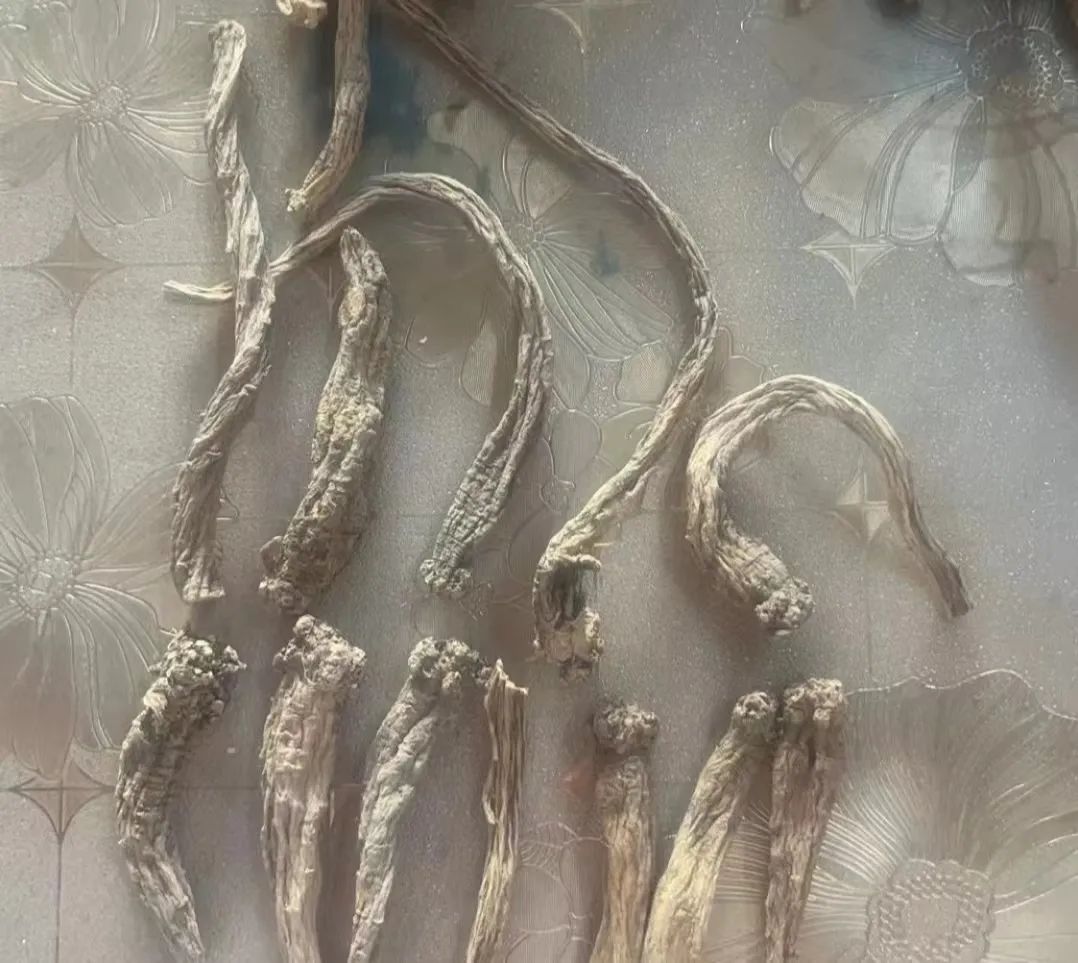
Qiu Hua Dong Shen (Ganzi Dong Shen)
Dong Shen also has many counterfeit products, the most notable being Qiu Hua Dong Shen (Ganzi Dong Shen), which has a spindle-shaped root that tapers at the tip and does not exhibit the “Lion’s Head” shape. It is light and easily soaked, with a cross-section that is milky white, a peculiar aroma, and a faint sweetness. Due to its large size, black skin, and many wrinkles, it is often sold as “wild Dong Shen” by unscrupulous vendors. Although it is not a pharmacopoeia variety, it is still used in the Sichuan region. Its effects are similar to those of Dong Shen.
Speaking of “wild”, I do not recommend blindly promoting it. Currently, the cultivation technology for Dong Shen is mature, and the wild growing environment may not necessarily be superior to that of cultivated varieties. The only advantage of wild Dong Shen is the so-called “pure and pollution-free”. However, can you really be sure that wild varieties are completely pollution-free?
Precautions for Using Dong Shen
Although Dong Shen is beneficial and can be used as both food and medicine, there are some precautions to consider.
1. Compatibility Precautions: According to the Ben Cao Shi Ba Fan, “various ginsengs and Xian Shao should not be combined”, so it is not recommended to use Dong Shen with Xian Shao, as this may produce side effects.
2. Contraindicated Groups: Those who are excessively weak should avoid consuming Dong Shen. Although it has tonifying effects suitable for those with slight weakness, those who are excessively weak may experience dry mouth, ulcers, and other issues.
3. Individuals with Excess Heat Constitution: should avoid consuming Dong Shen, as it has tonifying properties that may exacerbate internal heat symptoms. Such individuals typically exhibit loud voices, irritable tempers, and a preference for cold drinks.
If you feel unwell, it is advisable to consult a physician for more professional and effective guidance on medication rather than blindly following trends or choosing herbs on your own.
Author | Wang KunEditor | Zeng JuImages | Midjourney/She Tu Wang (Copyright Purchased)Scan to reply “Join Group”,to join the TCM health group
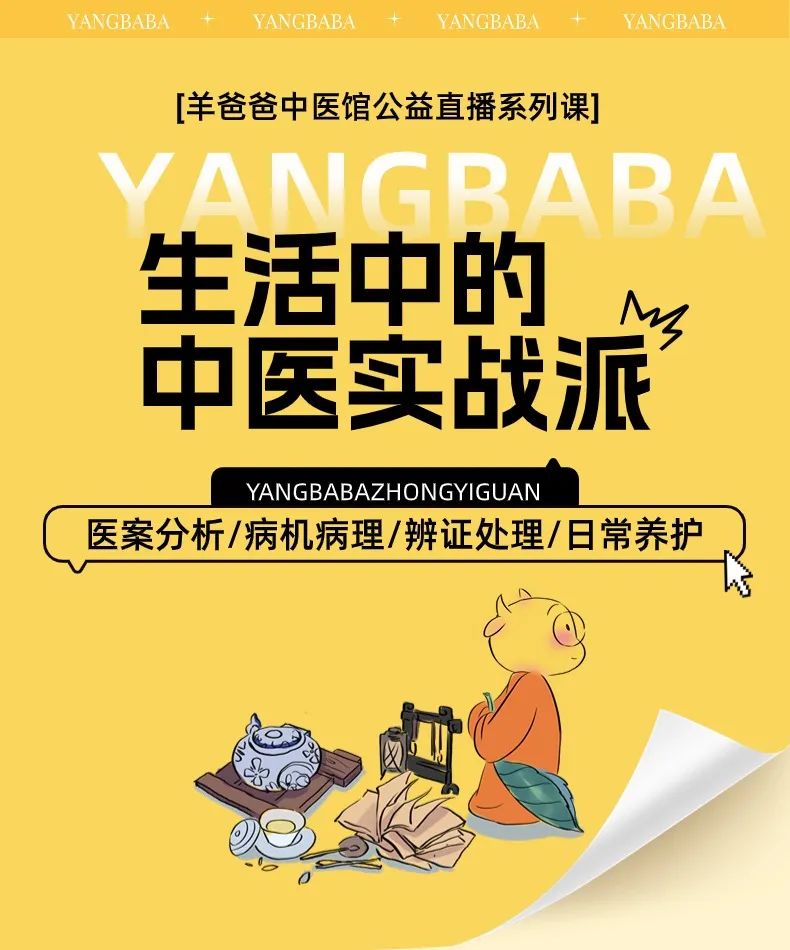


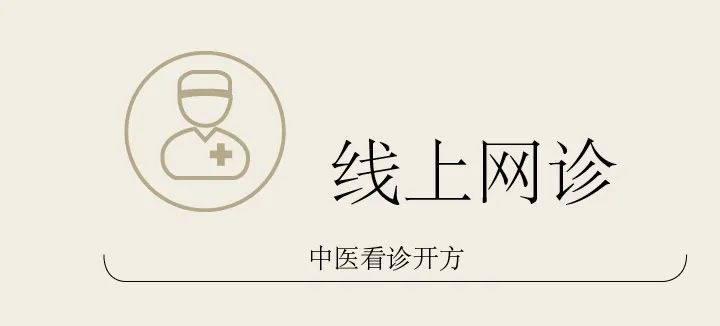
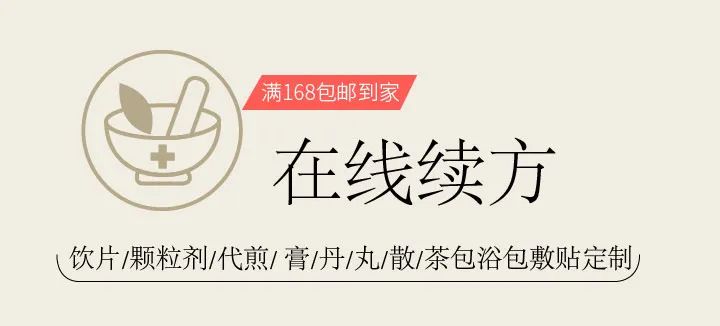

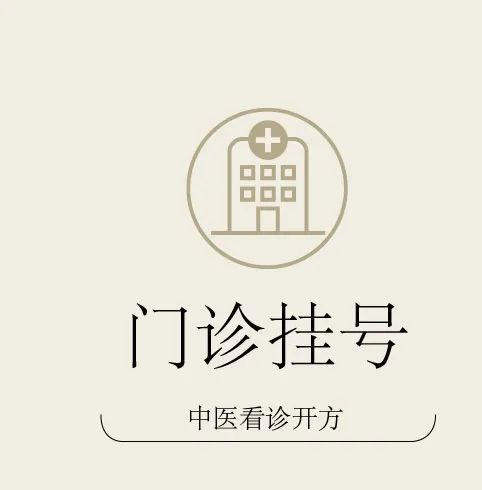
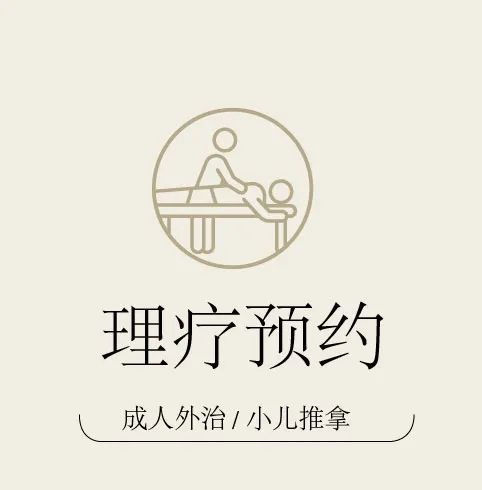
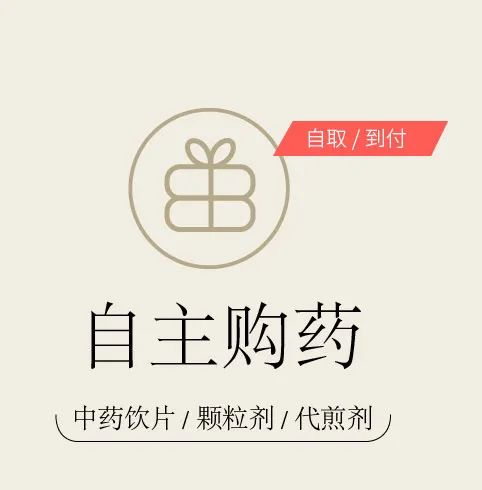

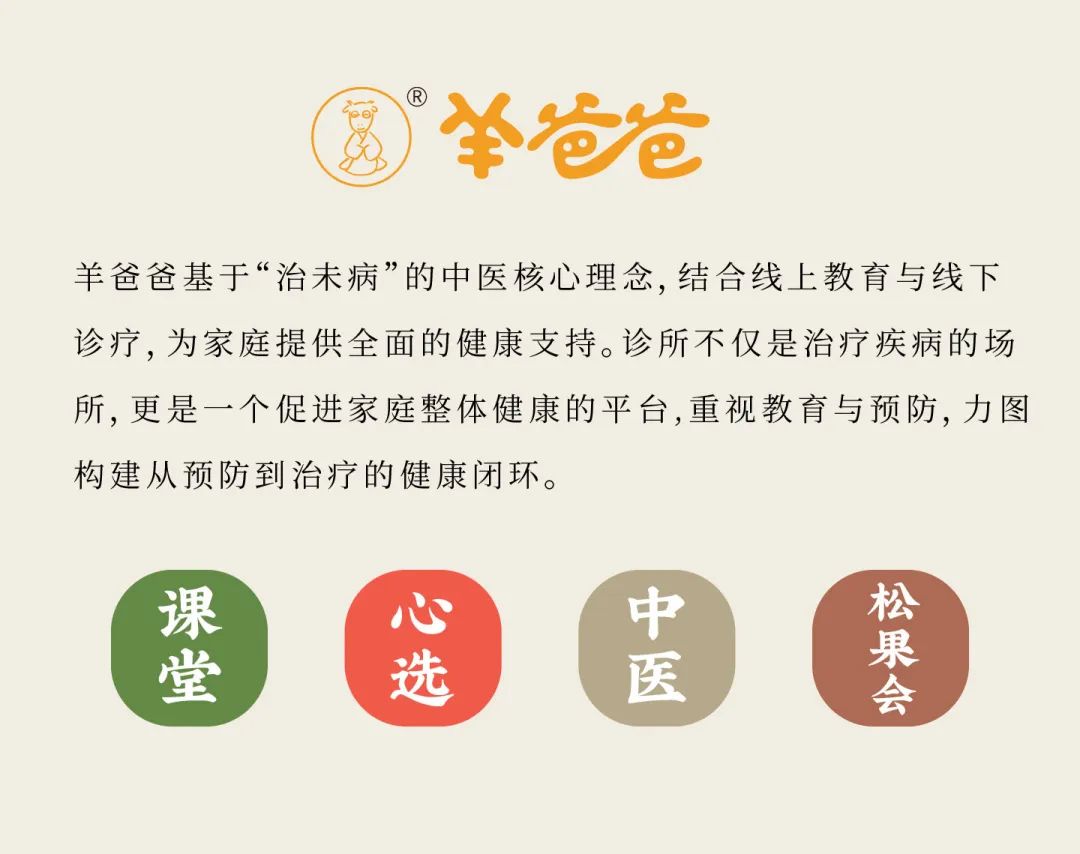 Follow the 【Yang Dad’s TCM Clinic】 WeChat public account,Reply “TCM Dietary Therapy”to obtain the e-book “TCM Dietary Therapy”
Follow the 【Yang Dad’s TCM Clinic】 WeChat public account,Reply “TCM Dietary Therapy”to obtain the e-book “TCM Dietary Therapy”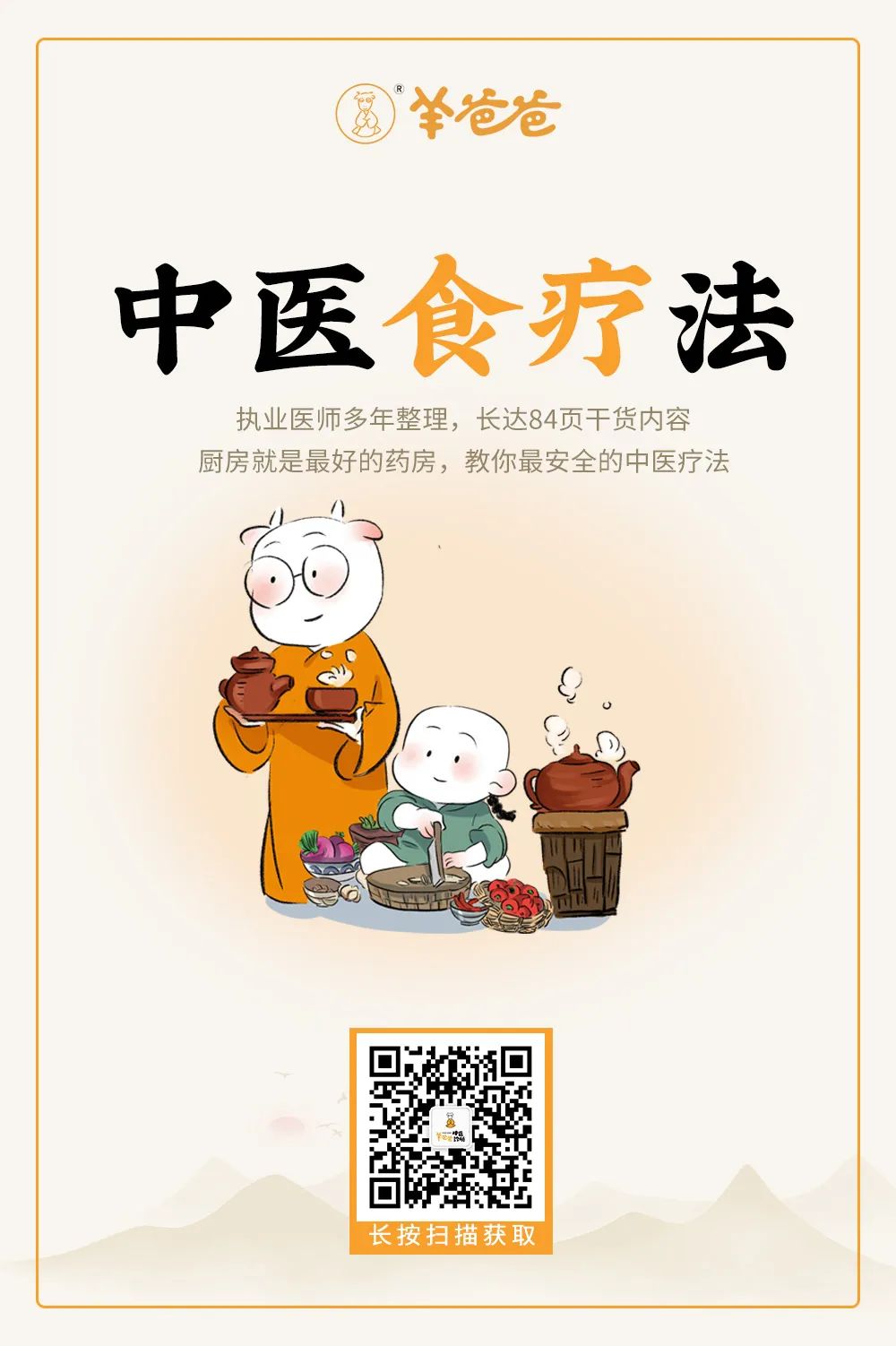 Long press the QR code in the image to get the “TCM Dietary Therapy”If you like it,Reward Yang Dad with a “👍” and “Looking”
Long press the QR code in the image to get the “TCM Dietary Therapy”If you like it,Reward Yang Dad with a “👍” and “Looking”

